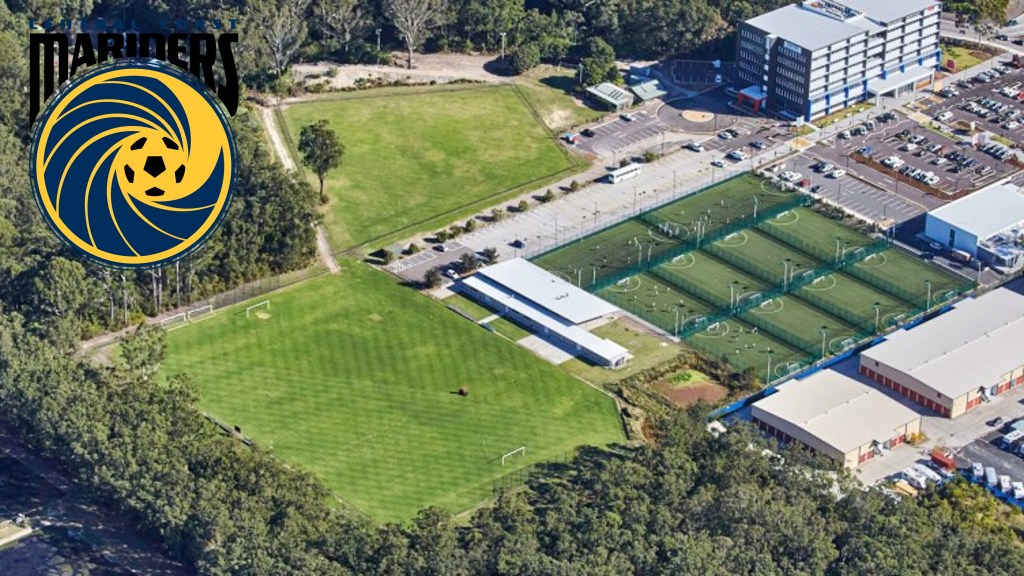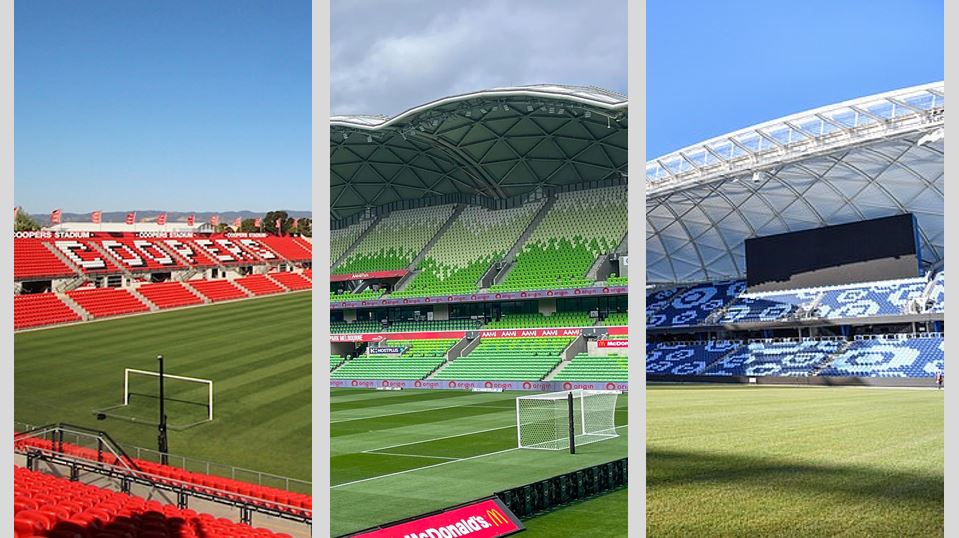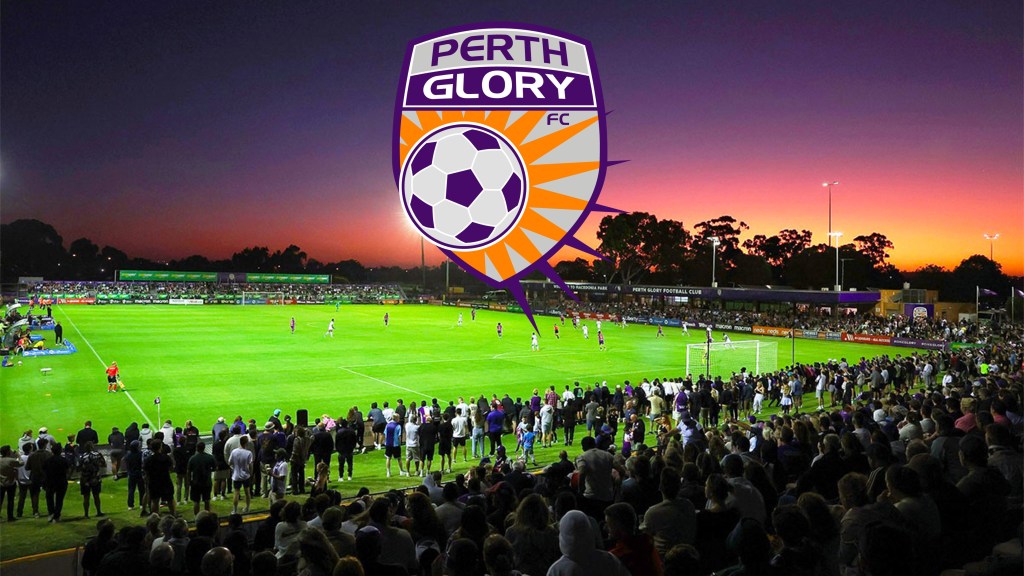A-League football clubs these days comprise multiple teams and require multiple facilities. A club’s physical infrastructure influences everything from club culture to team performance and after 20 years of A-League football many of the clubs have been forward thinking in their infrastructure arrangements.
Where does your club rank in terms of its facilities, and where can it improve?
Let’s take a look at the Central Coast Mariners.
Current Set Up
Central Coast currently plays their ALM and ALW home matches at Central Coast Stadium. The club’s administration, ALM and ALW training is based out of the Central Coast Mariner’s Centre of Excellence. The club’s Youth and NPL teams are based out of Pluim Park, which is the home to Central Coast Football.

History of Set Up
You’d be forgiven for thinking the Mariners have enjoyed a stable facilities set up, but assessment of the history reveals a number of interesting twists and turns. Let’s start with its home ground the Central Coast Stadium.
Rugby League and the White Elephant
The facility was actually built for an NRL club in the 90s which by the early 2000s had left the Central Coast. The small and fragmented region was now left with a white elephant. Soon after when the A-League was established Central Coast managed to gain acceptance by virtue of its status as a regional team, as well as picking up some of the pieces from the old Northern Spirit team, and also because of a supportive stadium deal which was struck so that the venue could finally have a tenant.
Even with a tenant thought the 20,000 seat stadium has proven too large, and the Mariners as a result flirted with relocation to North Sydney and even Canberra. These moves preceded a change in stadium management, where the Mariners negotiated unsuccessfully to manage the stadium and even develop the property with a hotel on the location. The relationship between club and stadium management though has now improved. This has been symbolically signaled by the eventual replacement of old stadium seats, which for years spelt out ‘BEARS’ for the former NRL club based at the stadium. For the longest time it felt that the Mariners were a consolation prize for the community that had failed to secure an NRL team.

A women’s team in… Sydney?
The ALW team was actually part of the first W-League season, and based in… Sydney! It played its home games in Western and South Western Sydney before relocating to Gosford in season two, and then folding. The reestablished ALW team has since found more stability and success, and plays out of Central Coast Stadium.
A youth team (briefly) in… Sydney?
The Central Coast Academy has generally been based out of Pluim Park however the Mariners did briefly enter into an arrangement with Northbridge FC which saw some Mariners branded teams play based in North Sydney. In 2020 the arrangement came to an end and the Mariners Youth program no longer had any roots in Sydney. Funnily enough, Northbridge would later associate themselves with the Macarthur Bulls ensuring geographically confusing A-League pathways remained in North Sydney.
Property property property
In 2010 the club’s owners (Peter Turnbull, Lyall Gorman and Mike Charlesworth) bought a parcel of land at Tuggerah on the Central Coast from a local RSL club for $7.5m with $4.5m paid upfront. The initial intention was for the land to host a club training base and for the land surrounding the base to be developed. The Centre of Excellence has since seen the establishment of social and commercial property with the help of a $10m Government grant.
In 2022 Richard Peil, took majority ownership of the club with Michael Charlesworth retaining a minority ownership of the club. Michael Charlesworth also retained full ownership of the Mariners Centre of Excellence in Tuggerah. The Mariner’s Centre of Excellence as a result still houses the team, but it is not actually owned by the club.
Unfortunately initial development plans including a small stadium did not come to be, and the CoE now only boasts one full sized pitch, one slightly smaller pitch and a training building.

Assessment of Set Up, Gaps and Opportunities
Relationships are key for the Central Coast, and although recent years have seen the Mariners greatly improve their relationships and operations, things can change quickly. Its facilities arrangements require:
- a strong relationship with Central Coast Stadium – which was threatened before with relocation efforts and management negotiations.
- a strong relationship with Central Coast Football – which has frayed before and saw the end of shared youth programs
- a strong relationship with a former owner who now owns the club’s training venue – a relationship which has always been a little tense particularly during financially challenging times.
Regarding the facilities themselves, they are generally pretty basic, with the additional note that the main home ground is potentially too big. The best opportunity for the Mariners is to secure a long term lease with stakeholders at existing venues to secure its future. It’s worth noting here that its long term CEO has recently departed the club so these relationships may change again.

Notes and considerations
Central Coast is a wonderfully managed club that has pulled every available resource to deliver success. The community is small, dispersed and not as economically large as other A-League locations. Central Coast has done well to make itself the community club and it need to maintain this. If it was ever owned by a group like Brisbane’s Bakries though, it is possible the facilities and club itself would disappear very quickly.

Ratings based on future set up
Overall Ranking: 8th out of 12
Overall Rating: C
Central Coast has a sensible and stable set up. Its marks may seem harsh relative to the club’s specific circumstances however compared to other A-League clubs it fails to deliver all its teams in a single home, challenges in expanding football operations and and it doesn’t deliver state of the art facilities. Its relationship are essential but with recent changes in ownership and management may put these at risk.
Please note the above information represents our best efforts with publicly available information. If you have any feedback or comments please contact us through our socials.



